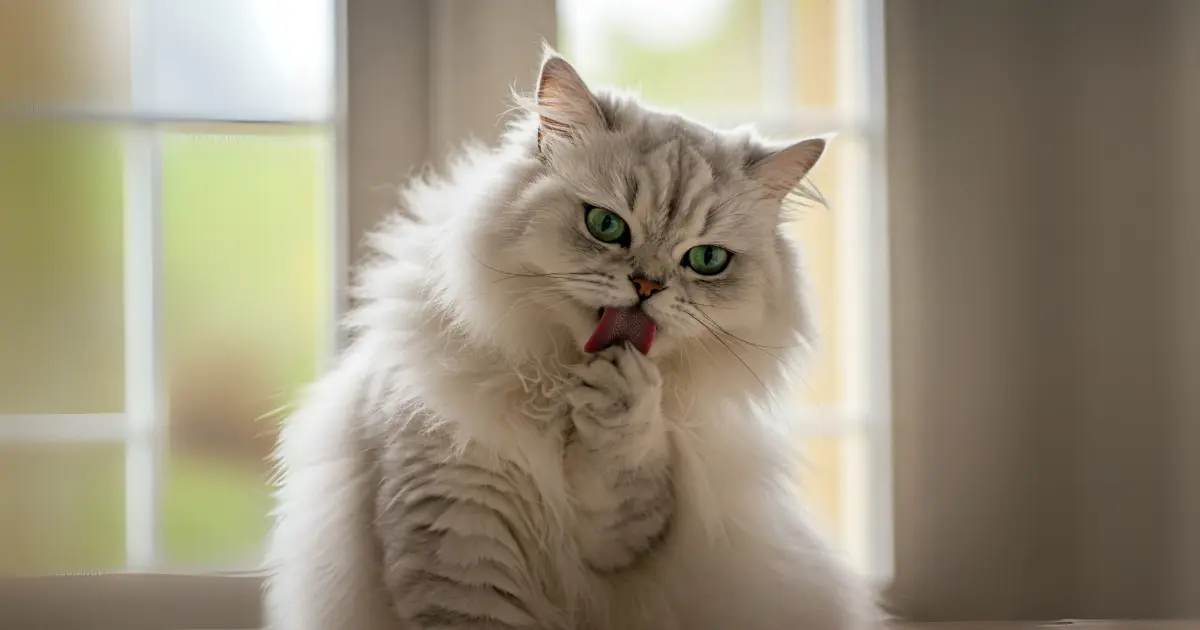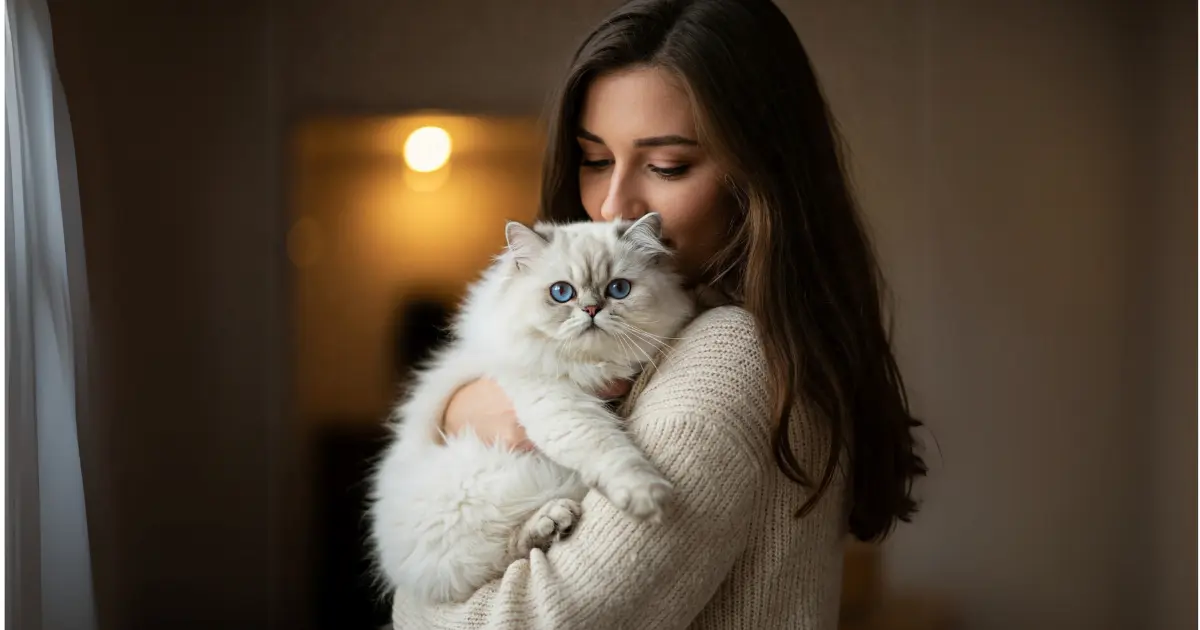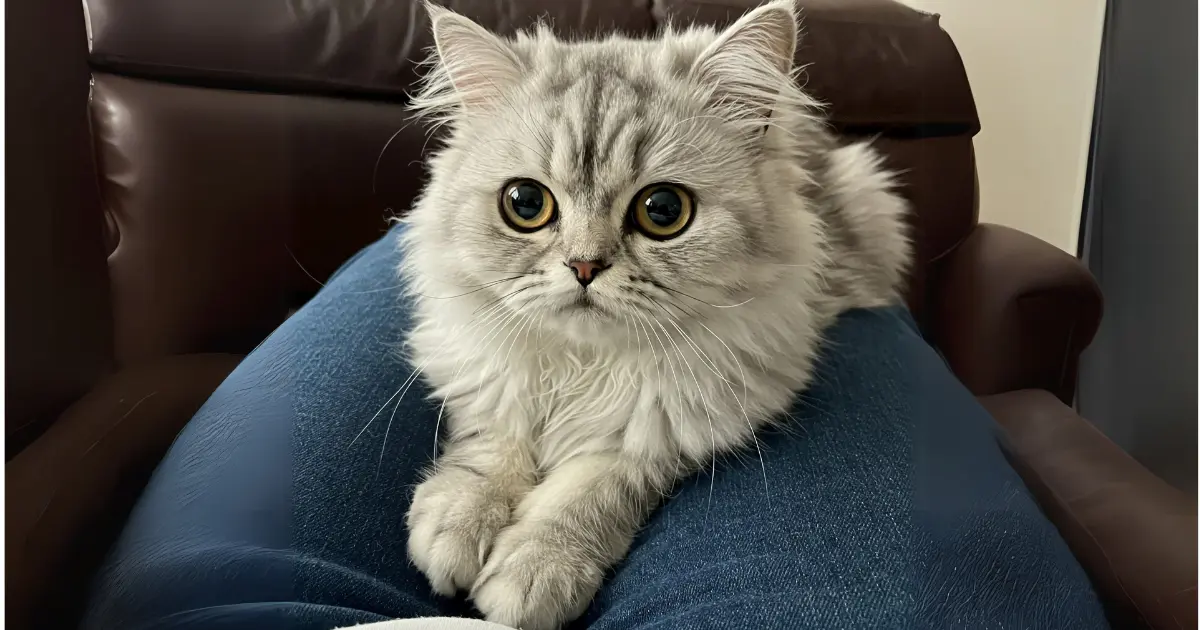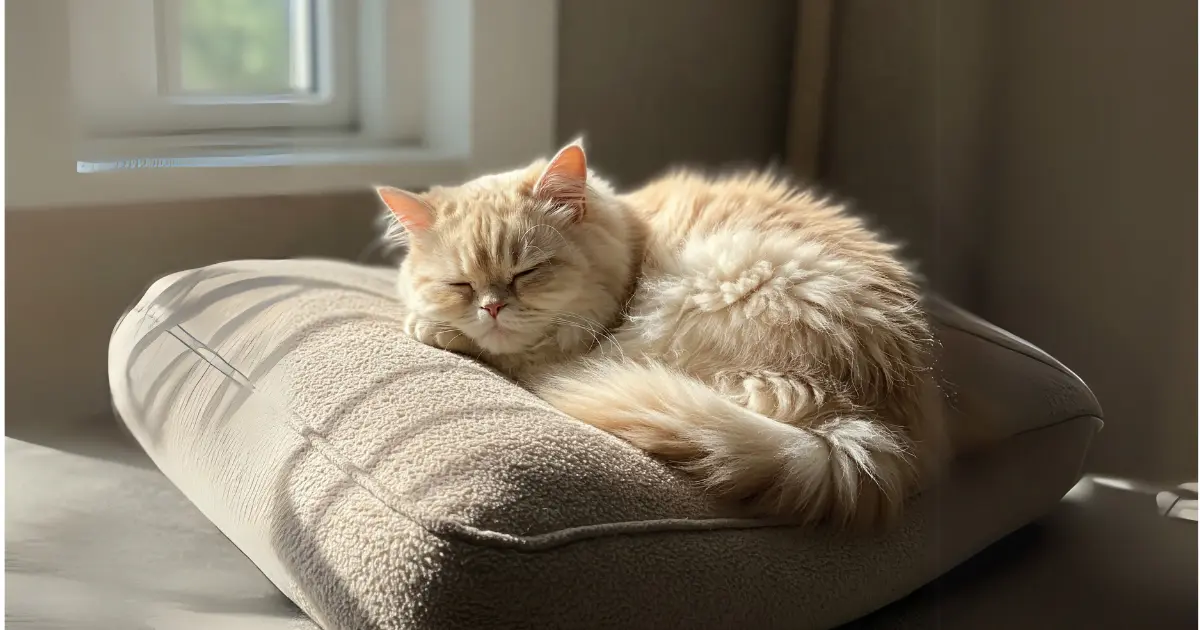Ultimate Guide to Owning a Full-Grown Teacup Persian
Published: 20 Feb 2025
What’s a Teacup Persian Anyway?
A Teacup Persian is exactly what you might imagine—a mini version of the beloved Persian cat. These pint-sized fluffballs pack all the elegance of a standard Persian but in a more manageable form. Their luxurious fur, round eyes, and calm demeanor make them a favorite for many. If you adore cuddly companions but don’t have much space, a Teacup Persian could be the perfect match for you.

Table of Contents
Why Are People Obsessed with Them?
The allure of the Teacup Persian isn’t just in their size and personality. They tend to be calm, affectionate, and quite attention-seekers. Whether it’s their soft purrs or how they curl up on your lap, Teacup Persians are made for people who want a gentle, loyal pet to snuggle with at the end of a long day.
Teacup Persian: What Makes Them So Special?
What Does “Teacup” Really Mean?
Let’s clarify a common misconception: “Teacup” doesn’t refer to a different breed; it’s just a term for smaller Persians. These cats are bred for their petite size, which makes them more manageable for people with smaller living spaces. While smaller than their full-sized cousins, they’re still equally fluffy and charming.
Their Looks: Tiny, but Mighty Cute
Teacup Persians have the same signature features as regular Persians but are scaled down. Think long, flowing fur, big round eyes, and that iconic smooshed face. Their tiny stature only makes their cuteness more striking, like a soft cloud of fur that’s always ready for a cuddle. Check out tips for grooming your [Long-Haired Cat] for guidance on maintaining their beautiful coats.”
- Size: A Teacup Persian typically reaches about 7 to 10 inches and weighs around 4 to 6 pounds. They’re small enough to fit comfortably on your lap or curl up beside you without taking up too much space.
- Coat: Expect silky, long fur that will require frequent brushing. While stunning, you must stay on top of grooming to prevent knots and tangles.
- Eyes and Face: Those large, round eyes paired with their flat faces create the iconic Persian look. It’s one of those “cute overload” features that makes them irresistibly adorable.

Caring for Your Teacup Persian
Feeding Them Right
Just because they’re small doesn’t mean they don’t need proper nutrition. Teacup Persians require food specially formulated for smaller cats—rich in protein and other essential nutrients. I’ve learned from experience that keeping their meals balanced and measured is key. Teacups tend to overeat if you let them, so small, controlled meals throughout the day will keep their weight healthy and energy levels up.
- Vet Tip: Try dividing their food into smaller portions. This helps with digestion and keeps them from getting too chubby (they’re so cute, but they don’t need to be “round” cute).
Grooming and Coat Care
Teacup Persians have that stunning, soft fur, but it requires constant care. If you’re not prepared to brush them a few times a week, you might be covered in fur—seriously! As much as I adore my Teacup Persian, brushing her is a non-negotiable part of the routine. Without regular grooming, their fur can easily mat and cause discomfort. For more tips on how to keep your Persian fur in top condition, check out [Persian Cat Grooming Tips].
- Bonus Tip: Use a high-quality brush designed for long-haired cats. A gentle, consistent brush through their fur keeps it shiny and helps with shedding. Don’t skip their bath days either—about every 4-6 weeks will keep them smelling fresh.
Watch Their Health
While Teacup Persians are generally sweet and gentle, their size can lead to some health issues. For example, because of their flat faces, they may develop breathing problems, and small mouths can lead to dental issues. I’ve had to keep an eye on my Persian’s teeth and breathing since she was a kitten. Regular vet visits are crucial to spot any early signs of health issues.
Potential Health Risks
It’s worth noting that Teacup Persians, due to their small size and flat faces, are prone to certain genetic problems. As they age, these cats can suffer from brachycephalic syndrome (breathing problems) or joint discomfort. I learned early that choosing breeders who prioritize health over breeding for smaller sizes is important. It can make a world of difference in the long run.For more details on brachycephalic issues, [learn more about breathing problems in brachycephalic cats].

Personality and Behavior: What to Expect
Affectionate and Sweet
Teacup Persians are not high-energy cats. They prefer lounging around but don’t mistake that for laziness. Their calm demeanor makes them ideal for people who want a companion just as content sitting beside you for hours as they explore. They love being the center of attention and will happily roll up on your lap or nuzzle you for affection. If you’re looking for a cat who is extra affectionate, Teacup Persians are the perfect match. You can learn more about [Affectionate Cats] and what makes them so lovable.
- Extra Tip: If you’re looking for a cat who enjoys hanging out with you all day, this is your perfect match. Prepare for plenty of cuddle sessions!
Getting Along with Other Pets
These little furballs are generally friendly with other pets, but they don’t always love a lot of chaos. If you already have other animals in the house, you should take it slow when introducing them to your new Teacup Persian. My Teacup Persian, for example, needed a few days to adjust to my dog, but once she got used to the idea, they’d become the best of pals.
- Tip: Start slow when introducing them to other pets. Be patient and watch for signs of stress. They’re usually laid-back, but they’ll need time to get comfortable.
Exercise Needs
Let’s be real—Teacup Persians are not exactly marathon runners. However, they are playful in short bursts and enjoy light interactive play. A good laser pointer or a feather wand can engage their curiosity without overstimulating them. I’ve found that short play sessions work best to avoid tiring them out too much.

Living with a Teacup Persian
Perfect for Smaller Spaces
Teacup Persians are great for apartment living. Their small size and calm personality make them adaptable to spaces that might not have room for a larger breed. I can vouch for this—I live in a cosy apartment, and my Teacup Persian is perfectly content as long as she has a comfy place to rest and some time to cuddle.
Cost of Owning a Teacup Persian
Teacup Persians are not cheap, so be prepared for the investment. Expect to pay between $1,000 and $5,000, depending on the breeder and the cat’s lineage. On top of that, they require regular grooming, vet visits, and high-quality food. It’s worth it if you’re committed to providing them the care they need, but it’s important to budget for it.
- Tip: Plan for ongoing expenses like vet checkups, food, and grooming. They may be small, but they require regular upkeep!
Training Your Teacup Persian
Teacup Persians are usually easy to litter train, as they instinctively keep their spaces clean. Other behaviors, like scratching or not climbing furniture, require more time and patience to correct. But they’re intelligent and respond well to positive reinforcement.
- Expert Tip: Keep training sessions short and rewarding. Cats learn best when they associate good behavior with treats or affection.
Conclusion:Is a Teacup Persian Right for You?
A Teacup Persian is an excellent choice if you’re looking for a loyal, affectionate companion who doesn’t demand much space. They’re low-maintenance, cuddly, and will become a cherished family member. Just be sure to care for their unique needs—grooming, health monitoring, and patience keep them happy and healthy.
Frequently Asked Questions (FAQs)
How long do Teacup Persians live?
With the right care, Teacup Persians can live from 12 to 16 years, so you’ll have many years of companionship ahead of you.
Are they hypoallergenic?
Unfortunately, no. Like their larger cousins, they shed quite a bit and may produce enough dander to trigger allergies.
How much exercise do they need?
Not much. Teacup Persians are laid-back, so they don’t require a lot of physical activity. A little playtime here and there will keep them happy.
How much does a Teacup Persian cost?
Depending on various factors, Teacup Persians typically cost between $1,000 to $5,000.
How long do Teacup Persians live?
Teacup Persians typically live between 12 to 16 years with proper care.

- Be Respectful
- Stay Relevant
- Stay Positive
- True Feedback
- Encourage Discussion
- Avoid Spamming
- No Fake News
- Don't Copy-Paste
- No Personal Attacks



- Be Respectful
- Stay Relevant
- Stay Positive
- True Feedback
- Encourage Discussion
- Avoid Spamming
- No Fake News
- Don't Copy-Paste
- No Personal Attacks





